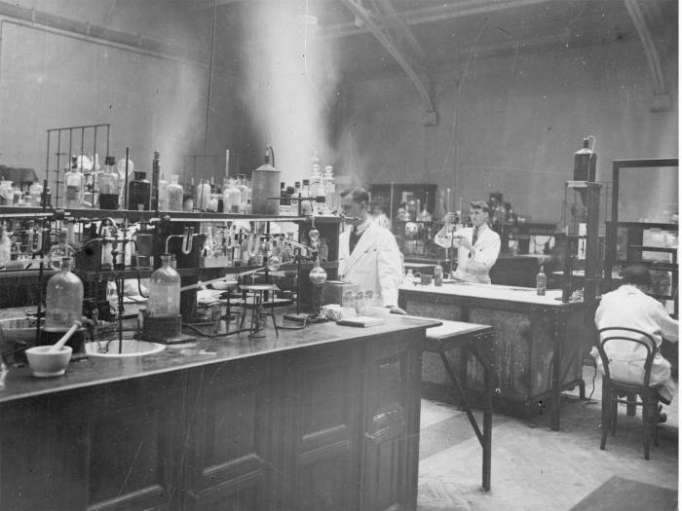The Danish scientist introduced the scale as a method for testing the acidity or alkalinity of a substance, which still has a wide range of real-world uses to this day.
Here, we look at five things you need to know about the scientist.
He almost didn’t study chemistry
The son of a farmer, Sørensen was born in Havrebjerg in 1868 and began his studies at the University of Copenhagen at the age of 18.
However, rather than chemistry, the young scientist initially had ambitions to forge his career in the field of medicine.
Under the tutelage of the influential chemist SM Jørgensen, he decided to turn his ambitions to chemistry.
He didn’t spend his whole life in the laboratory
Like most students, Sørensen sought employment to make ends meet as he was working towards his degree.
While studying for his doctorate, he also acted as assistant in chemistry at the laboratory of the Danish Polytechnic Institute and assisted in a geological survey of Denmark.
However, in a slightly more unusual step, he also managed to find work as a consultant at the royal naval dockyard.
He ran probably the best laboratory in the world
Sørensen served as the director of the chemical department at the Carlsberg Laboratory in Copenhagen from 1901 to 1938.
The laboratory was opened by Carlsberg brewery founder JC Jacobsen in 1875 with the aim of furthering biochemical knowledge, especially in the field of brewing.
Although many will be thankful to the brewery for its work in the 19th Century isolating the yeast now used to brew lager, Sørensen made an arguably more important discovery while working there.
He devised the pH scale
Sørensen’s most notable achievement was his introduction of the pH scale, which is used to this day to describe the acidity or alkalinity of a substance or solution.
The scientist developed the scale during 1909, developing two methods for measuring acidity of substances.
Measurements of pH are now important in a variety of fields, including medicine, water treatment and chemistry.
He had a lot of help from his wife
Throughout his working life, Sørensen was assisted in his studies by his second wife, Margrethe Høyrup Sørensen, herself a scientist.
Working at the Carlsberg Laboratory, the pair studied lipoproteins and researched the complexes of carbon monoxide and haemoglobin.
In 1917, the husband and wife became the first people to successfully crystallise egg whites during an experiment at the lab.
More about: GoogleDoodle
















































